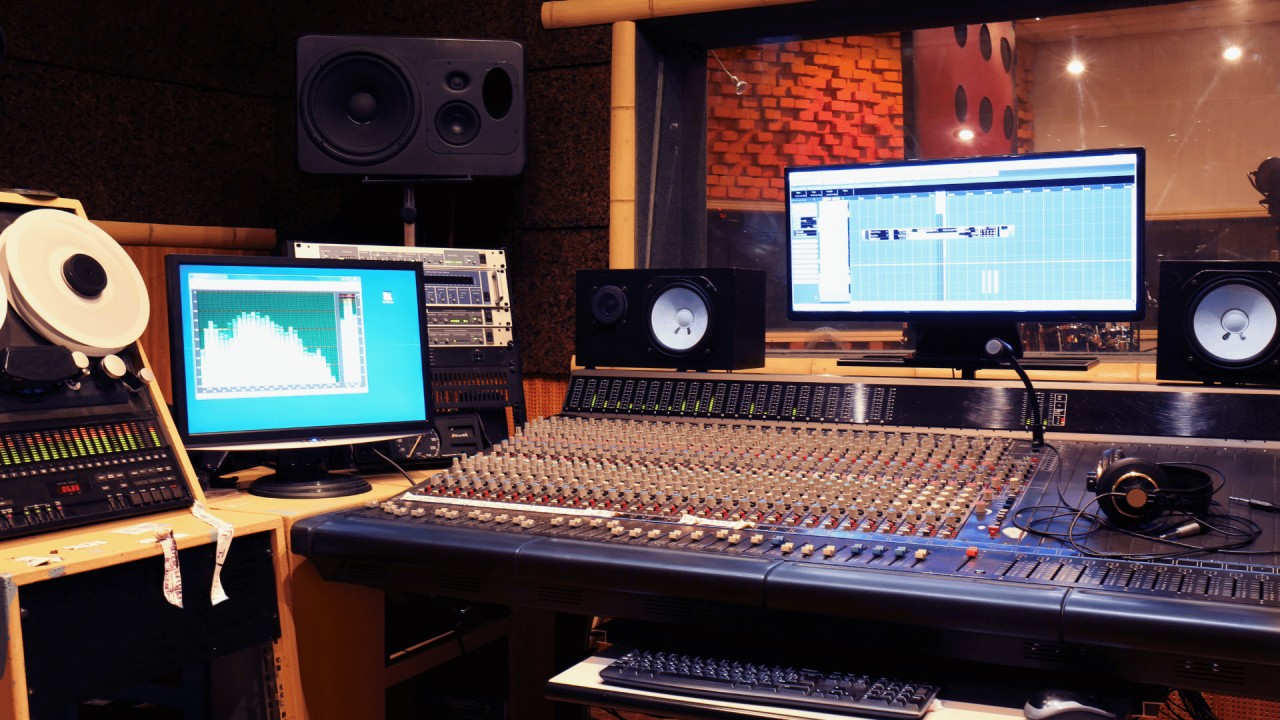Music education is undergoing a radical transformation, thanks to the rapid advancement of technology. From artificial intelligence (AI) to virtual reality (VR), new tools are enhancing the way students learn, practice, and engage with music.
These innovations are not only making music education more accessible but are also reshaping how future musicians are trained, helping them to develop skills more effectively than ever before. Let’s take a closer look at some of the most impactful emerging technologies in music education and how they are revolutionizing the learning process.
1. AI-Powered Learning Tools
Artificial intelligence has made its mark in various fields, and music education is no exception. AI-powered apps and platforms are revolutionizing the way students approach practice, composition, and even performance.
One key area where AI is making a difference is in personalized learning. Platforms like Yousician and Simply Piano use AI algorithms to assess a student’s skill level and provide customized lessons that adapt to their progress. These platforms can detect mistakes, offer feedback, and adjust difficulty levels in real time, creating a tailored learning experience that mimics having a personal tutor.
For composition, AI tools like Amper Music and AIVA (Artificial Intelligence Virtual Artist) allow students to experiment with creating original music in various styles and genres. These tools not only help students understand music theory but also enable them to explore creative possibilities by providing instant feedback and suggestions.
AI’s role in education doesn’t stop at individual practice; it also assists in collaborative learning. AI-driven platforms can facilitate real-time feedback for group projects and ensembles, enabling more efficient learning in both solo and group settings.
2. Virtual Reality (VR) and Augmented Reality (AR) in Music Education
Virtual and augmented reality are expanding the horizons of music education by providing immersive learning experiences. VR, for instance, can transport students into virtual classrooms or concert halls, where they can observe and participate in performances without being physically present.
VR technology is particularly useful for students who want to experience the nuances of live performance in real-world settings. With a VR headset, students can step into a virtual concert hall, learn about stage presence, interact with other musicians, and practice performing in front of virtual audiences. This can help overcome performance anxiety and offer an unparalleled practice experience.
Augmented reality (AR) is also making strides in music education. AR apps like ToneTree or Jamstik allow students to play virtual instruments that interact with their real-world environment. With AR, students can visualize music theory concepts like scales and chord progressions in 3D space, making abstract ideas more tangible and easier to grasp. This visual engagement can deepen understanding and make learning more interactive.
3. Online Learning Platforms and Courses
The rise of online learning has democratized access to high-quality music education, allowing students from around the world to learn from leading educators and musicians. Platforms like Coursera, Udemy, and MasterClass provide a range of music courses, covering topics from basic music theory to advanced production techniques.
For students who may not have access to traditional music schools, online platforms and
online music schools provide a comprehensive alternative, offering flexibility and convenience. Students can access lessons on-demand, allowing them to learn at their own pace and from the comfort of their homes. This has become especially important in the wake of the COVID-19 pandemic, as more musicians turned to online platforms for their education.
Online learning also fosters a global community of learners. Through forums, live webinars, and social media groups, students can connect with peers, share ideas, and collaborate on projects, further enhancing their learning experience.
4. Smart Instruments and Practice Tools
Smart instruments and tools are taking music practice to the next level by offering feedback, progress tracking, and interactive lessons. These instruments often come with built-in sensors and software that allow students to track their progress and receive instant feedback.
For example, smart pianos like the Roland LX700 series or Yamaha Clavinova can detect and correct errors in timing, dynamics, and articulation, providing real-time feedback to the student. Other smart instruments, like the Jamstik Smart Guitar, offer lessons that integrate with apps, allowing beginners to learn chords and scales through interactive tutorials.
Additionally, apps like Tunable and Metronome+ help musicians hone their sense of pitch and rhythm by offering visual cues and metrics that track their improvement over time. This data-driven approach allows students to focus on their weaknesses and make targeted improvements.
5. Mobile Apps for Music Theory and Ear Training
Music theory and ear training are essential components of any musician’s education, but they can often be challenging to master. Fortunately, mobile apps have made these subjects more accessible and engaging for students of all levels.
Apps like Tenuto and EarMaster provide comprehensive lessons in music theory and ear training. These apps use interactive exercises, quizzes, and games to help students sharpen their listening skills and deepen their understanding of music theory. With these apps, students can practice recognizing intervals, chords, and scales on the go, making learning a part of their daily routine.
The Future of Music Education
As technology continues to evolve, the future of music education looks increasingly promising. Emerging technologies like AI, VR, AR, and smart instruments are not only enhancing the learning experience but are also making music education more accessible to students around the world. Whether through personalized learning tools, immersive practice environments, or interactive theory apps, these innovations are helping musicians develop their skills more efficiently and effectively.
As the demand for tech-enhanced learning grows, educators and institutions must continue to embrace these changes. By integrating technology into the curriculum, music schools can offer students more dynamic, personalized, and engaging learning experiences. This will empower the next generation of musicians to reach their full potential and thrive in an ever-evolving musical landscape.


